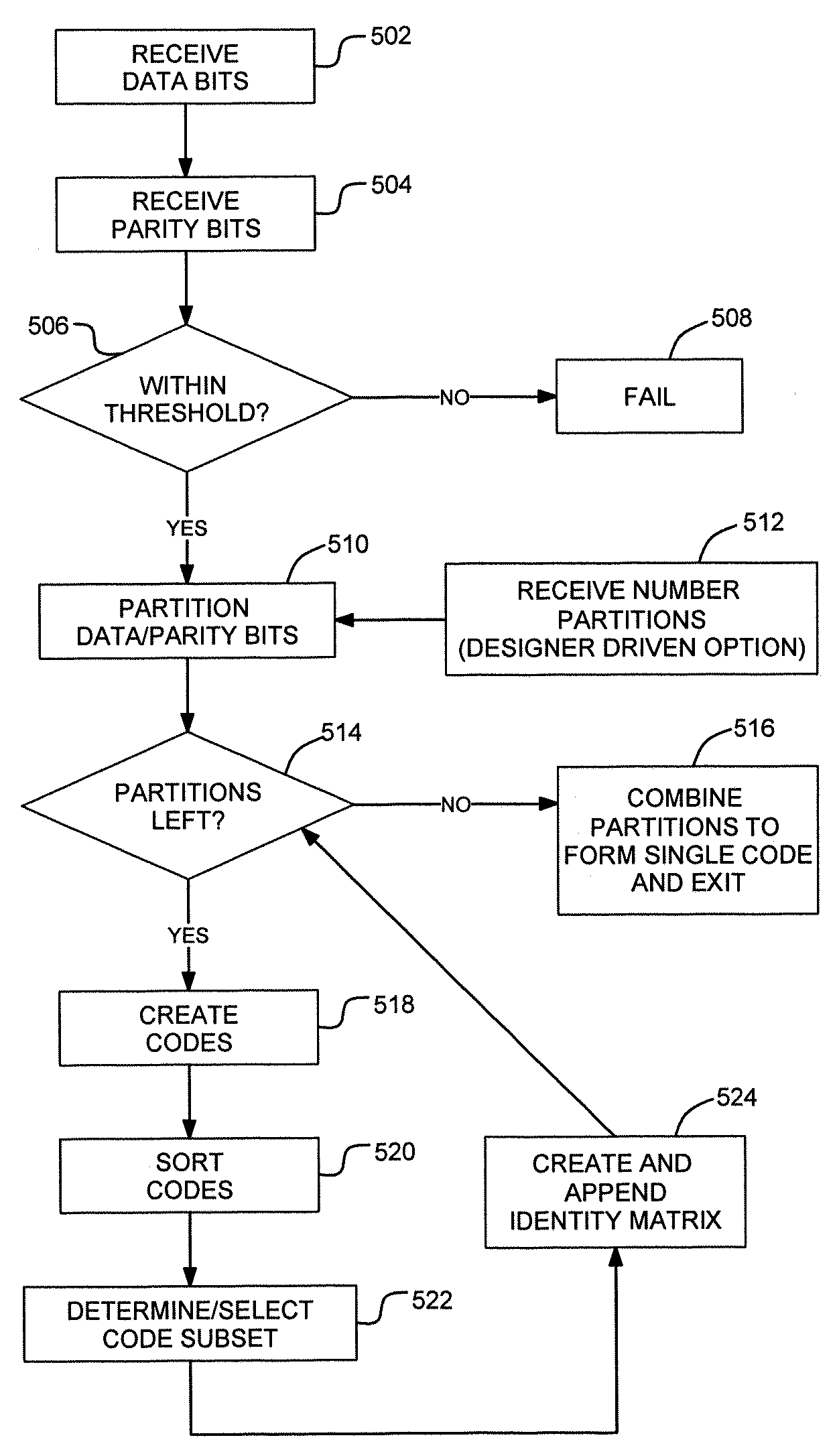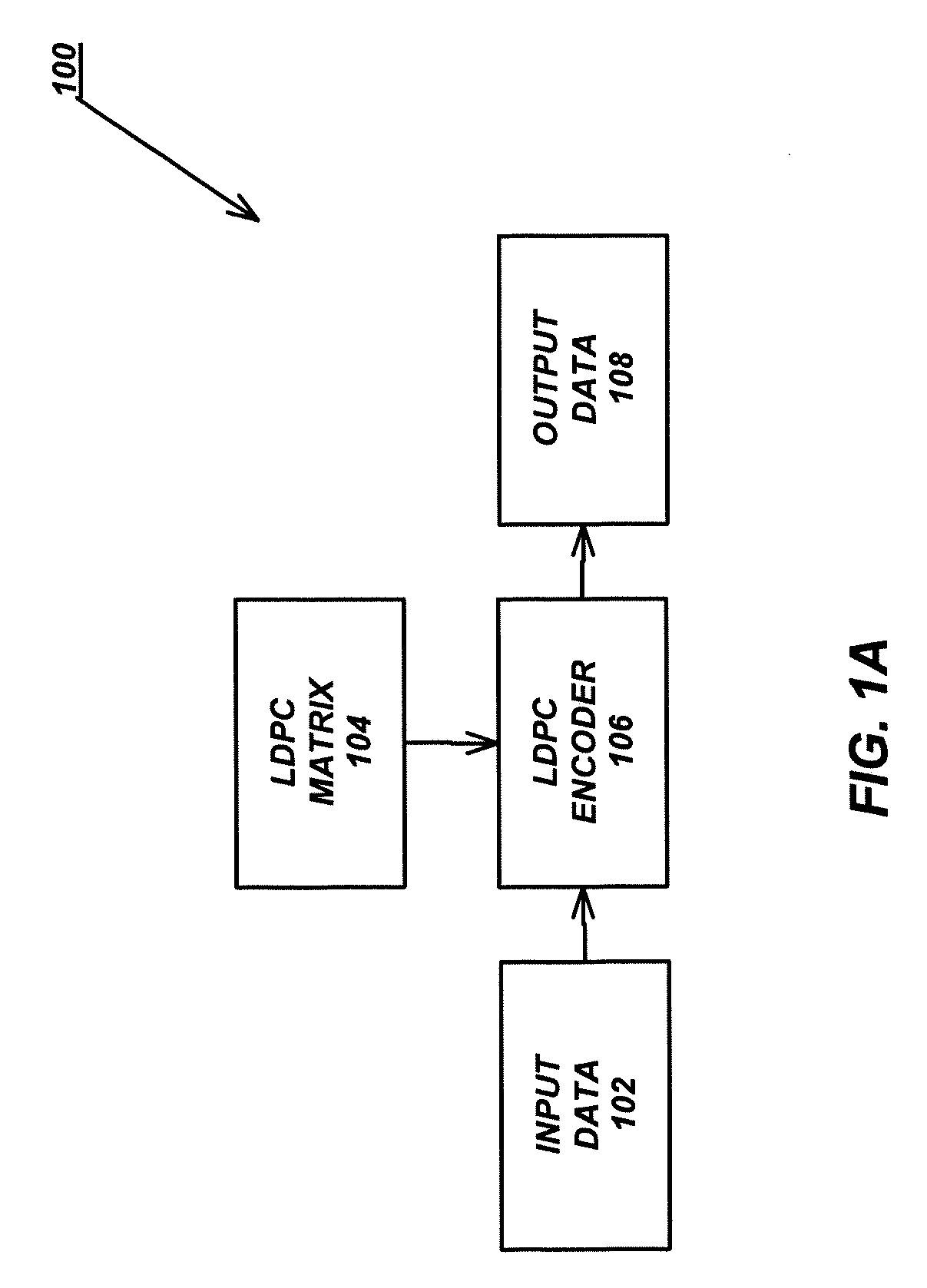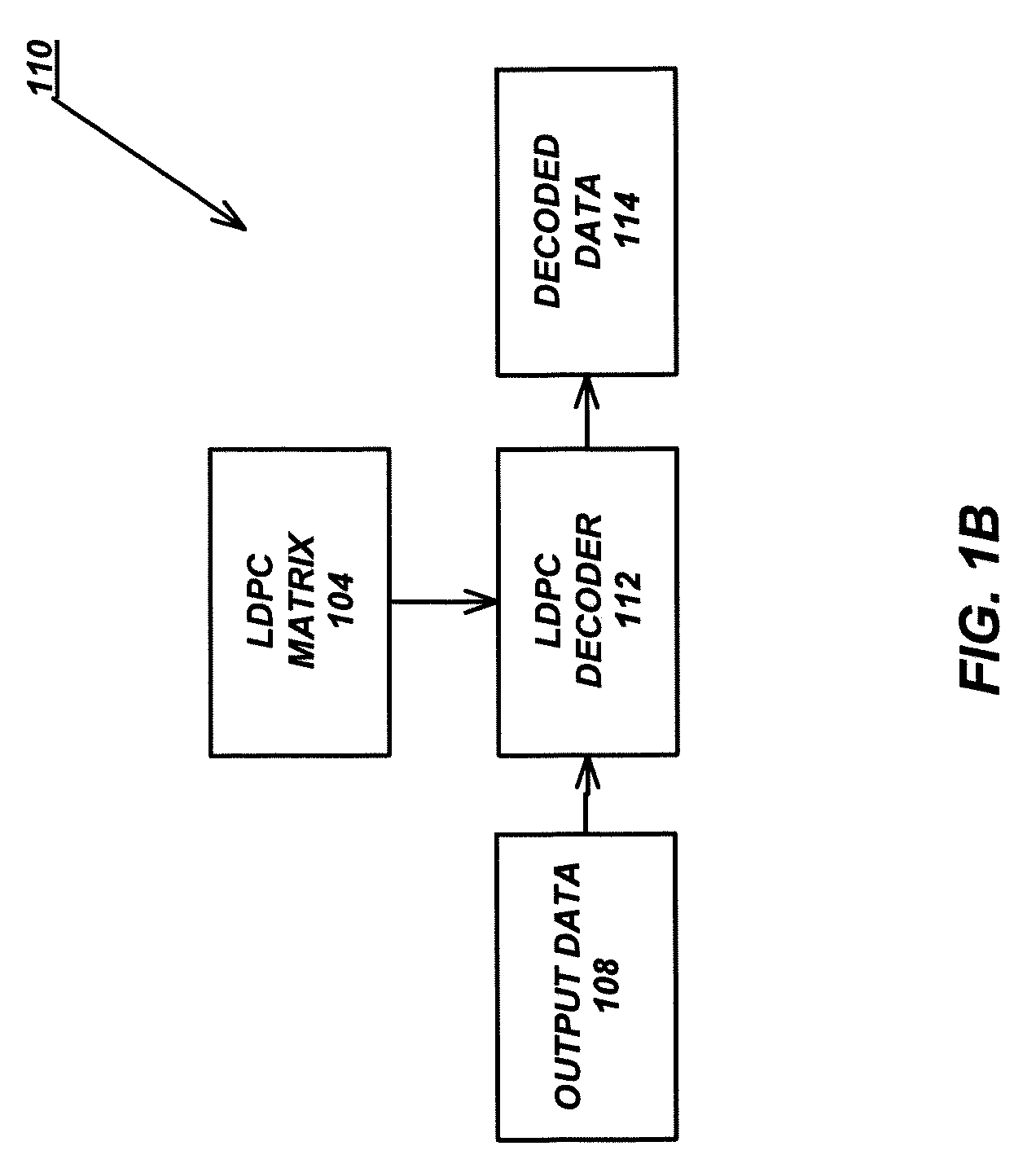Low cost, high performance error detection and correction
a high-performance, error-detecting technology, applied in the direction of instruments, coding, code conversion, etc., can solve the problems of high cost, inability to provide adequate resilience, and inability to meet the requirements of space-constrained design and replication of large components, such as memories, to achieve low cost, reduce overhead, and reduce circuit complexity and cost
- Summary
- Abstract
- Description
- Claims
- Application Information
AI Technical Summary
Benefits of technology
Problems solved by technology
Method used
Image
Examples
Embodiment Construction
[0022]In the following description, reference is made to the accompanying drawings which form a part hereof, and which is shown, by way of illustration, several embodiments of the present invention. It is understood that other embodiments may be utilized and structural changes may be made without departing from the scope of the present invention.
Overview
[0023]The present invention comprises a family of linear parity check codes that lend themselves to optimal EDC circuits in terms of circuit area, delay, and power. Embodiments provide a technique for constraint-driven construction of optimal and near-optimal codes capable of multi-bit error correction. Additionally, the custom-built codes may be automatically applied to digital circuits including finite-state-machines (FSM) and memories.
[0024]The novel EDC technique allows for the construction of machines that are resilient to single bit errors with relatively little overhead in terms of both added redundancy and logic complexity. T...
PUM
 Login to View More
Login to View More Abstract
Description
Claims
Application Information
 Login to View More
Login to View More - R&D
- Intellectual Property
- Life Sciences
- Materials
- Tech Scout
- Unparalleled Data Quality
- Higher Quality Content
- 60% Fewer Hallucinations
Browse by: Latest US Patents, China's latest patents, Technical Efficacy Thesaurus, Application Domain, Technology Topic, Popular Technical Reports.
© 2025 PatSnap. All rights reserved.Legal|Privacy policy|Modern Slavery Act Transparency Statement|Sitemap|About US| Contact US: help@patsnap.com



